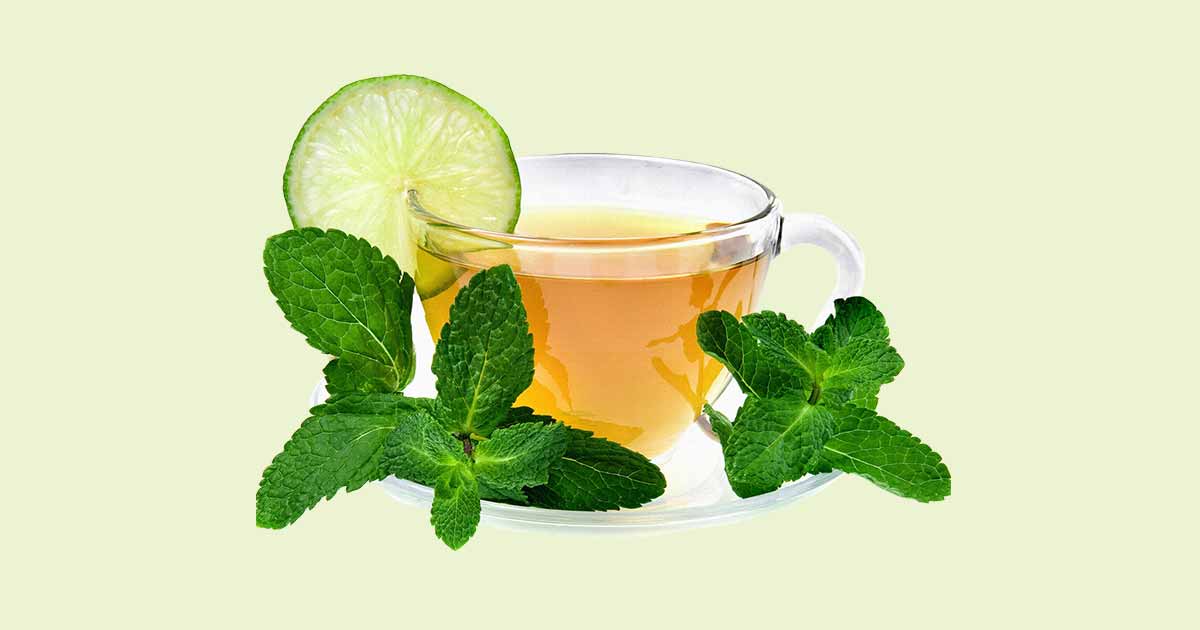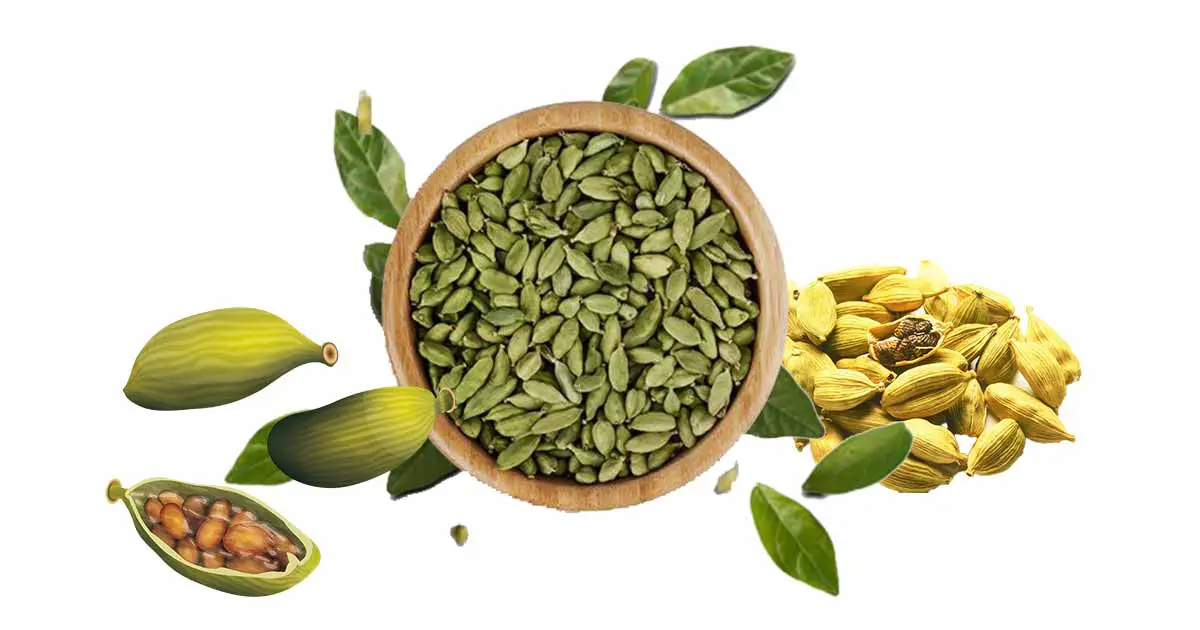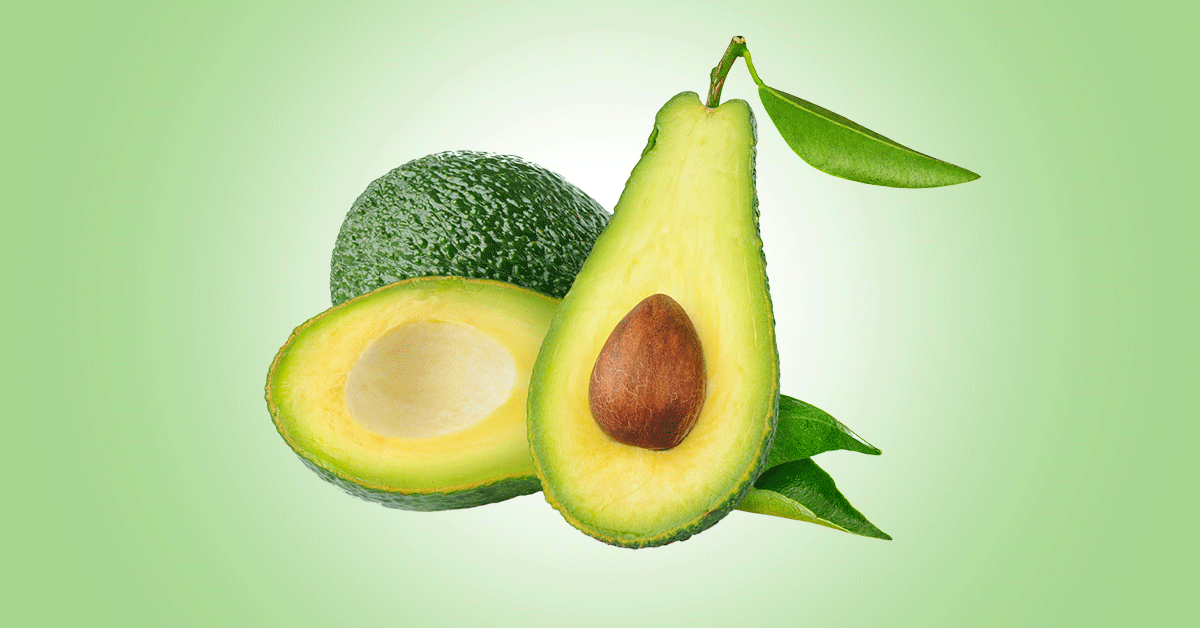Mint tea is a herbal tea made from fresh or dried leaves of either spearmint (Mentha spicata L.) or peppermint (Mentha piperita L.). Both of them belong to the mint family of Lamiaceae. Spearmint is native to Europe and Asia, and has a softer taste. Peppermint plant is a natural bread between spearmint and water mint plants.
If the tea is made from peppermint leaves, it is called peppermint tea, while spearmint tea is made from the leaves of spearmint plant. Combination of the two leaves will yield doublemint tea.
Carvone is the main essential oil compound in spearmint. It gives it a minty and sweetish aroma. Peppermint has refreshing flavor. Carvone is also found in caraway seeds and dill.
The main essential oils in it are menthol, menthone, and limonene. Menthol gives the cooling sensation we get when we take peppermint herbal tea.
Mint tea has antioxidant, antimicrobial, anti-inflammatory activities among others.
How to Prepare Mint Tea
Ingredients: 2 cups (0.47 liters) of water, fresh mint leaves (peppermint or spearmint leaves), 2 teaspoons of sugar or honey, lemon slices. (The Spruce Eats)
- Boil the water in a teapot, and bring down from the heat
- Add the fresh mint leaves (spearmint or peppermint), and steep for 3 to 5 minutes.
- Add the sugar or honey to taste
- You can, additionally, add fresh lemon slices or juice.
Maghrebi mint tea
This is a popular North African type of mint tea that make use of fresh mint leaves and gunpowder tea, a special type of green tea with a smoky taste, and high caffeine content.
Other names of Maghrebi mint tea include atay, Moroccan mint tea, and Algerian mint tea.
How to Make the Moroccan Mint Tea
Ingredients: 3 tablespoon of gunpowder tea, fresh mint leaves, and beet sugar
- Boil your four cups of water in a teapot, and add three tablespoons of gunpowder tea.
- Allow the tea to sit in the water for a few minutes without shaking or stirring
- Pour out the tea in another cup. This tea is called ‘spirit’. It has a golden color and a strong, bitter taste.
- Fill the teapot with hot water, add some sugar. This will help to counteract the bitterness of the tea.
- Boil the water and add the ‘spirit’.
- Add some fresh mint leaves to the pot and allow it to sit for a few minutes.
- Pour your tea in a cup and serve. You can add some fresh mint leaves in the cup.
Health Benefits of Mint Tea
Antioxidant effect: Mint plants has phenolic compounds such as rosmarinic acid, eriocitrin, caffeic acid, luteolin derivatives which prevent free radicals that cause damage and diseases in the body.
Relieves irritable bowel syndrome (IBS): Mint tea may relieve symptoms of irritable bowel syndrome (IBS) such as bloating, cramping, abdominal pain, gas, and diarrhea or constipation.
Manage bad breath: Mint has pleasant aroma and minty taste. It has been used in formulations such as chewing gums, toothpaste, mouthwashes. Drinking mint tea can fight bacteria that cause mouth odor and dental plaque.
Helpful in tension headaches and migraines: Mint essential oils have analgesic and anti-inflammatory activity. It relaxes the muscles, relieves pain, headache, increase blood flow and provides a cooling sensation. It could be helpful in migraine and headaches.
Antimicrobial activity: The flavonoids, essential oils such as carvone, menthol and menthone, and others have antibacterial, antifungal, and antiviral properties.
Cold and flu treatment: Peppermint is used in products used to treat cough, cold, and flu. It is anti-inflammatory and helps to open the nasal airway.
Antidiabetic effect: The mint plant infusion may lower serum glucose levels, and also improve the functionality of insulin.
Side Effects
Peppemint may cause heartburn, especially when it is taken with antacids.












